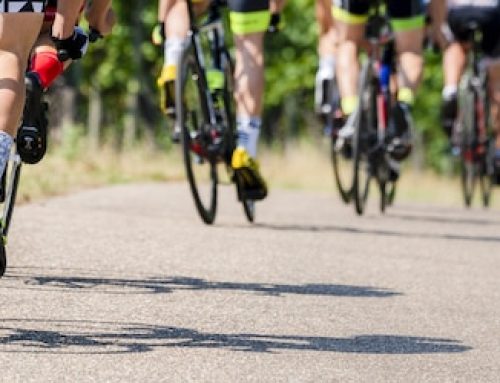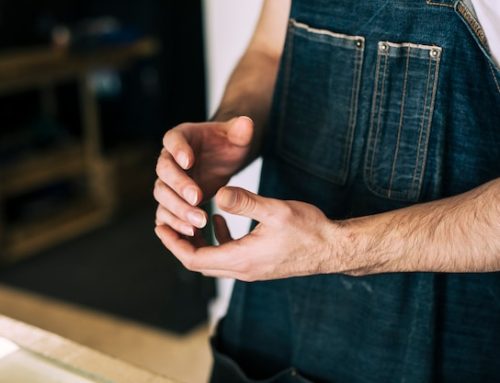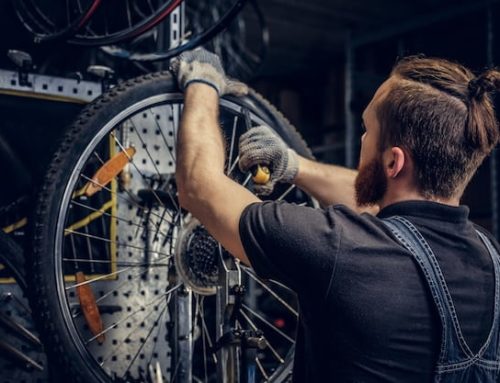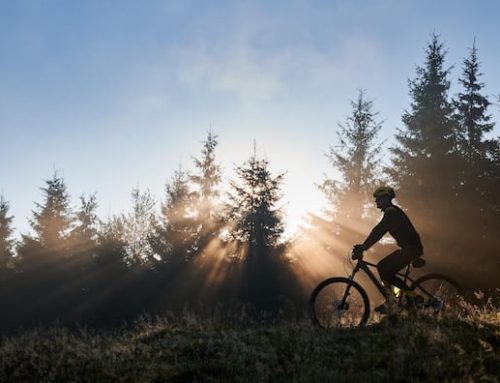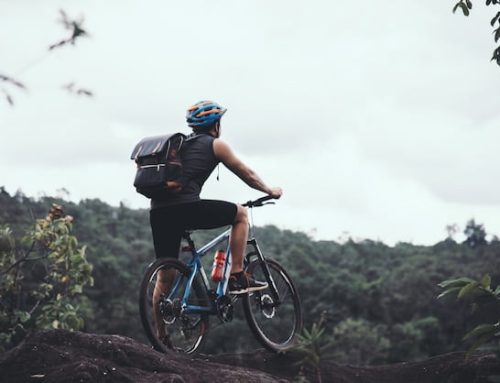The Body: A Complex Machine
The human body is an incredibly complex machine with numerous interconnected parts that collectively work together to enable us to move and perform our daily activities. However, while every part of the body is essential, there are certain exercises that can help to target specific areas, such as cycling.
Cycling – A Great Way to Target Multiple Muscle Groups
Cycling is a low-impact exercise that is excellent for cardiovascular health and is also a great way to target multiple muscle groups throughout the body. The muscles used in cycling include those in the legs, core, and upper body.
The Leg Muscles Involved in Cycling
Cycling mainly targets the leg muscles, including the quadriceps, hamstrings, and calves. These muscles are particularly important for cycling as they help to generate power throughout each pedal stroke.
| Muscle | Description |
|---|---|
| Quadriceps | A group of four muscles located in the front of the thigh responsible for extending the knee and stabilizing the hip during cycling. |
| Hamstrings | A group of muscles located at the back of the thigh responsible for flexing the knee during cycling. |
| Calves | The gastrocnemius and soleus muscles located in the lower leg that help to point the toes and push down on the pedals. |
Cycling and the Core Muscles
While it may not be immediately obvious, cycling also targets the core muscles. These muscles include the rectus abdominis, obliques, and erector spinae. During cycling, the core muscles are responsible for keeping the body stable and centered, preventing excessive lateral or forward/backward swaying.
| Muscle | Description |
|---|---|
| Rectus Abdominis | Also known as the “six-pack” muscle, it is located in the front of the abdomen and is responsible for flexing the torso. |
| Obliques | These muscles are located on either side of the rectus abdominis and help with rotation and lateral bending of the torso. |
| Erector Spinae | A group of muscles that run parallel to the spine and support the back during cycling. |
The Upper Body and Cycling
While cycling mainly targets the leg muscles, the upper body also plays a role in maintaining proper form and posture during cycling. The upper body muscles involved in cycling include the trapezius, rhomboids, and deltoids.
| Muscle | Description |
|---|---|
| Trapezius | A large muscle located in the upper back and neck that helps to stabilize the shoulder blades during cycling. |
| Rhomboids | These muscles are located between the shoulder blades and help to squeeze the shoulder blades together during cycling. |
| Deltoids | The deltoid muscle is located in the shoulder and is responsible for lifting the arm forward and outward during cycling. |
In Conclusion
Cycling is an excellent way to target multiple muscle groups throughout the body, including the legs, core, and upper body. By incorporating cycling into your exercise routine, you can improve your overall health while also building strength and endurance in specific areas of the body. So why not get on your bike and give it a try!

